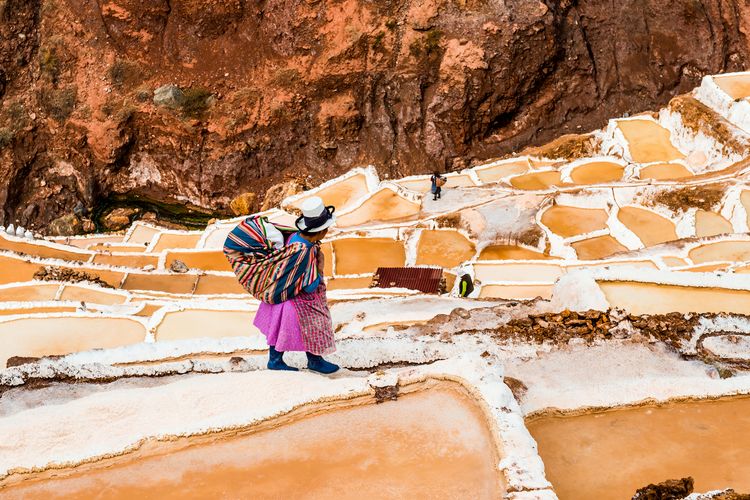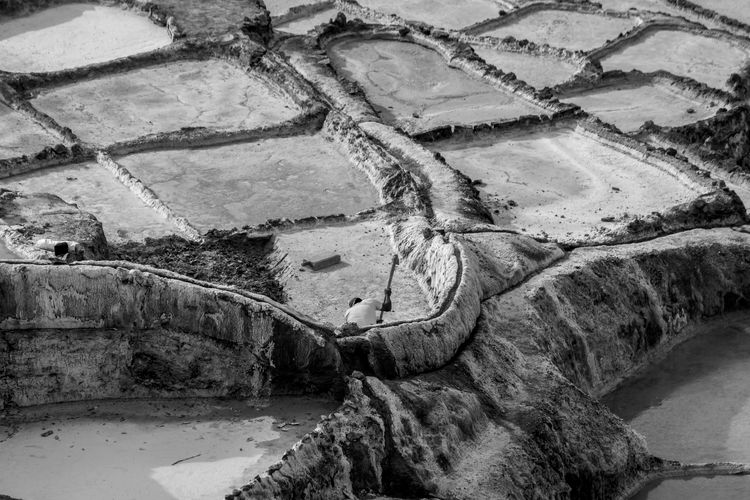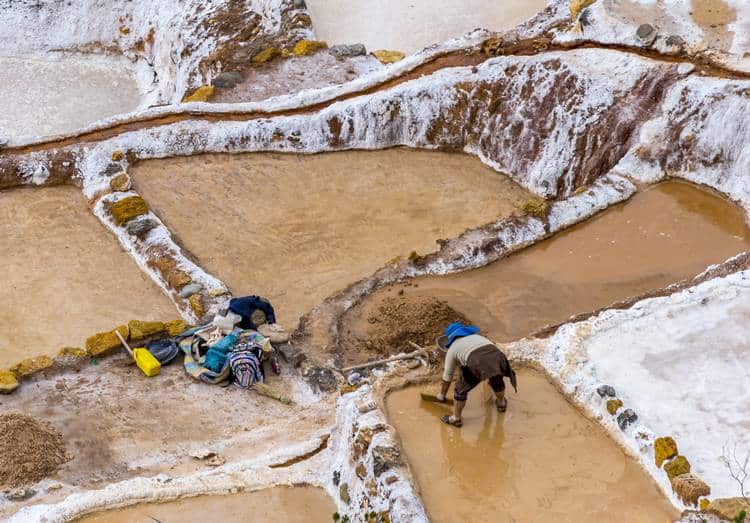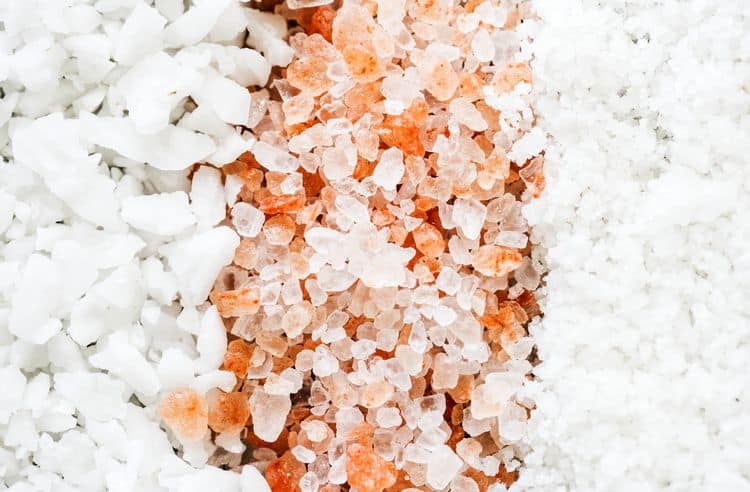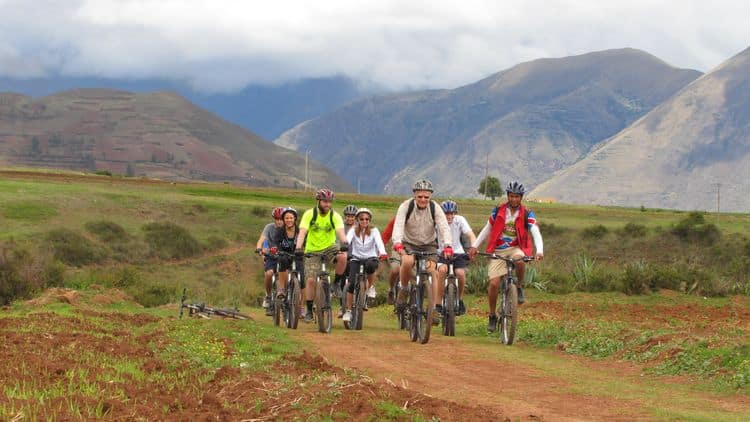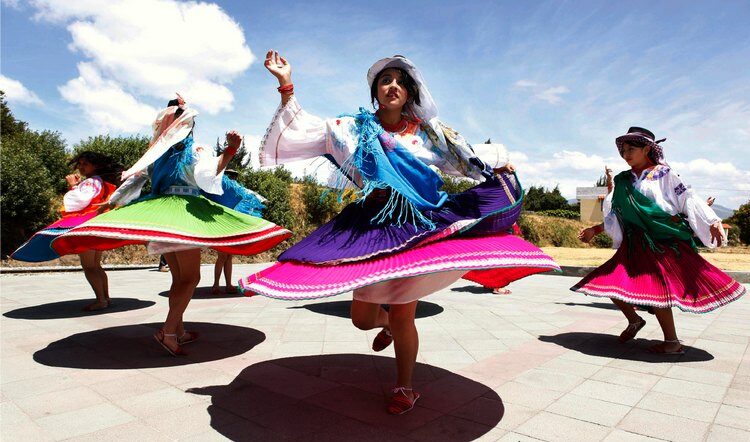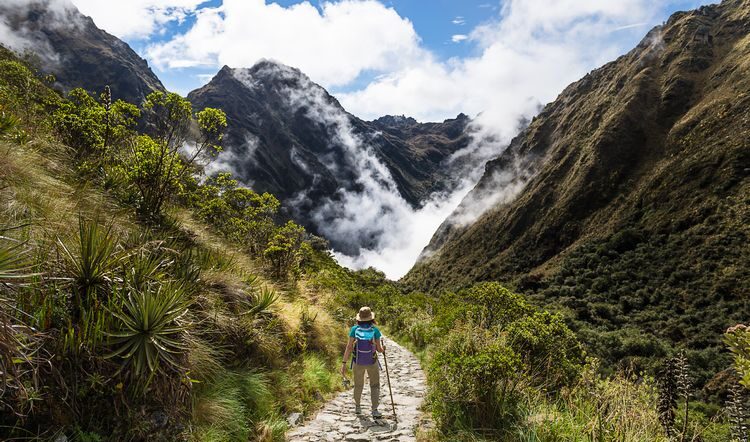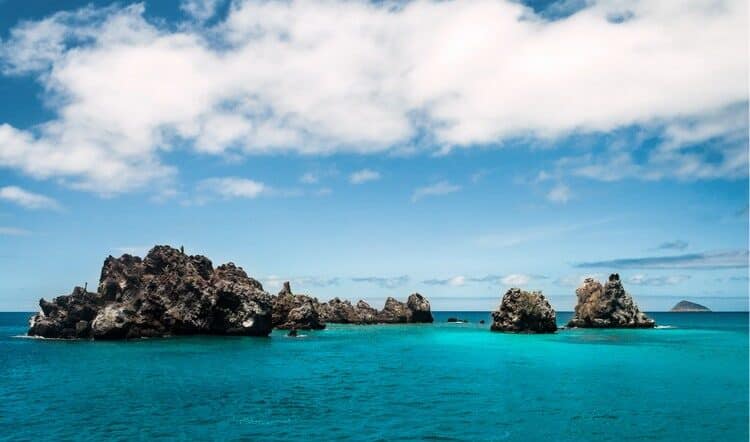What is it like to visit the Maras salt mines (Salineras de Maras in Spanish) during a once-in-a-lifetime to Peru? Why would I want to visit some salt pans anyway? It is worth it? Isn’t it just another tourist trap in the Sacred Valley? These are some of the questions you may have already asked about Maras. And we understand wanting to avoid the “typical tourist traps” outside of Machu Picchu at all costs. However, we can assure you that Maras, although a heavily visited destination, is 100% worth your time.
Picture this: as you round yet another bend in the switchback road carving a line through the Peruvian Andes, you see a surreal network of more than 3,000 saltwater pools in varying shades of pink and beige nestled into the mountains below you. It is probably one of the most surprising locations for salt pools and one of the most novel experiences you can have in Peru.
We want to break down some of the best and most curious things about the Maras salt mines so that you can decide for yourself whether or not to add it to your itinerary. With details like why this curious geographic phenomenon exists and how Maras salt is one of the most mineral-rich pink salts in the world, we hope to get you authentically excited about these salt pools!
1. The Maras salt mines are over 500 years old
Lying at 3,200 meters above sea level in the town of Maras, this system of intricate terraces and salt wells represents the most extensive pre-Hispanic salt mining operation in all of Peru. Although archaeologists aren’t 100% sure when and who originally created the mines, they have found ceramic remnants dating back to between 200 B.C. to 700 A.D., suggesting the area has been mined since well before the Inca Empire.
Even so, historians know that these mines were important to the Incas, who carefully oversaw the production and distribution of this valuable resource. During the Inca Empire, many different ayllus (the Quechua word for community) shared the responsibility of tilling and tending to the salt ponds using the concept of ayni. Ayni is the Quechua concept of mutual aid, cooperation, and reciprocity in a society’s workforce and production.
It was most likely pre-Inca workers who crafted this system around a saltwater stream flowing underground called Salineras, a remnant from an ancient ocean that existed in this area before the Andes mountains formed. They knew to channel the Salineras stream into various points of their manmade pools and constructed each pool with a mud and stone border to contain about 13 feet in length and 4 feet in width.
2. Communities mine Maras salt using original pre-Inca and Inca techniques
Today, this ayni philosophy and ancestral salt mining techniques live on in the Maras and Pichingoto ayllus, or communities. They use the original channels to direct the Salineras stream into each pond until it’s almost full (to just about 5 cm). It takes about three days for this water to evaporate, and then they repeat the process multiple times over the course of three weeks to a month.
At the end of this process, one pool will have created between 350 and 450 pounds of salt! This technique is highly sustainable and still provides lasting work for the Maras and Pichingoto communities, who will continue to pass the tradition down through future generations.
3. The mineral content of Maras salt rivals that of the Himalayas
More ethical and sustainable than mining pink salt in the Himalayas, Maras salt has caught international attention for those looking for an alternative to the coveted pink Himalayan crystals. Maras salt is also extremely rich in potassium, which provides the pink color, calcium, magnesium, and other trace nutrients and minerals.
Many people also swear by the medicinal properties of Maras salt. Of course, it’s fabulous to cook with; but it also has healing and anti-inflammatory properties, great for a nice long soak in the tub after a hard workout or a minor accident.
4. Get your own pink Peruvian salt right from the source
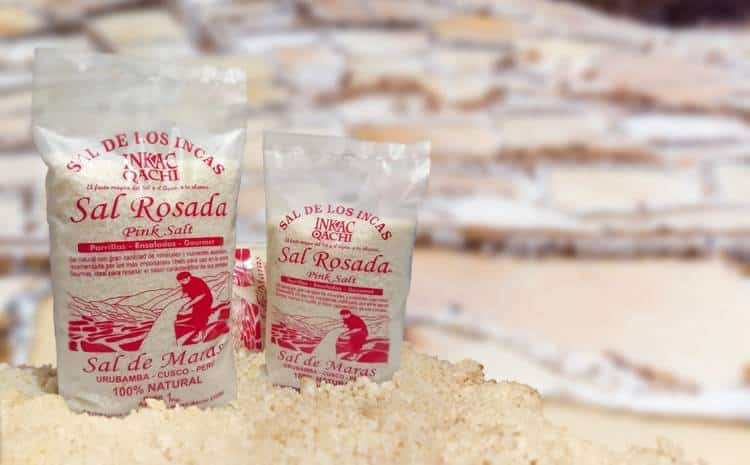
Photo Source: Inkacqachistore.com
A visit to Maras entails an even more ethical way of getting your hands on some premium Maras salt to take home: straight from the source. Countless stalls line the pathway to the salt pools, offering all sorts of Maras salt for sale.
You can buy 1kg bags of course Maras salt without any added flavoring for about 5 Peruvian soles ($1.50) and smaller 1–2-sol bags of either plain or smoked Maras salt for grilling (it’s amazing on the grill!). In addition to pure salt, you will also find Peruvian craft chocolates, with Maras salt, of course, and other Peruvian flavors and fruits, like aguaymanto (goldenberry); in addition to bath salts with flowery aromas.
5. You can bike, hike, or drive to Maras
Given its breathtaking location in the middle of Peru’s Sacred Valley, getting to the Maras salt ponds is half the fun. We recommend an exhilarating mountain biking route for the more adventurous, adrenaline-seeking travelers, which also passes through the unique Moray archaeological complex, thought to be an experimental agricultural laboratory and research center dating back to the Inca Empire.
Those looking to take a slower pace can hike a similar route to Moray and Maras, which also allows you to fully take in the sweeping sights of the Sacred Valley. This hike is also almost entirely flat and downhill; therefore, it is the perfect light day-hike option for travelers acclimating to the altitude before taking on the four-day Inca Trail.
We hope we have convinced you that Maras isn’t your run-of-the-mill stop on the Sacred Valley tourist circuit; contact us to learn more about how to incorporate the Salineras de Maras into your one-of-a-kind Peru trip!

